Corridor 10: Finding 1.6 billion euros
Friday, 06.10.2006.
16:57

Corridor 10: Finding 1.6 billion euros
According to the relevant ministries, the state will therefore invest over 800 million euros in building highways along this direction in the coming years.The announcement of works along this pan-European route has, however, always been more than the works themselves. This is why it shouldn’t be surprising to find that just over half of the Corridor 10 passing through Serbia will be a highway, while the rest will be comprised of semi-highway or even simply main route roads.
It would take an additional 1.6 billion euros in order to build an actual highway for the whole length of the Corridor 10 through Serbia. Each section to be built is particular, with specific problems, suggesting that “the road” toward paving the final coat of asphalt on these traffic routes will be neither short nor easy.
The North rebels

The tender for issuing this concession is still ongoing. The bids were open in mid-September, with four consortiums passing the initial phase. The tender commission now has a month to appraise the bids, assisted by the Louis Berger consultancy.
Considering that the negotiations with the best bidders can then take another 45 days, it is realistic to expect the contract to be signed in December this year, state secretary with the Capital investments ministry told Ekonomist, adding that the Horgoš-Požega highway is expected to be finalized by 2012.
The winner in this bidding will use and provide maintenance for the Novi Sad-Belgrade section. Taking into account earlier announcement that the left lane from Novi Sad to Beška will be finished by October 1, this will be a section of a proper highway.
The value of the works, contracted to Austrian company Alpina Maireder, totals 13 million euros. The funds came from a loan obtained from the European Investment Bank, the total value of which is 120 million euros. This loan will also finance the rehabilitation of the existing bridge over the Danube near Beška, while the construction of a new bridge near Beška, and the paving of the right lane will take up 72 million dollars secured throuogh an EBRD loan. Precisely the fact that the future contractor to build the Belgrade-Požega section will collect tolls on the profitable stretch through Vojvodina is causing the revolt of the province’s officials.
Vojvodina Assembly president Bojan Kostreš warned prior to the opening of the bids that the concession should not be issued for the future Horgoš-Požega highway, “since it was the citizens of Vojvodina that paid for its construction”. Kostreš reminded that Subotica-Belgrade stretch was financed from foreign loans between 1970 and 1988, and that the province’s administration has paid those loans back in their entirety.
According to what can be heard in Vojvodina, the potential concessioner will in the next 25 years earn around 450 million euros collecting tolls in Vojvodina, as the frequency of this road is 19,000 vehicles per day. Therefore the province’s assembly believes a concession is not in the Vojvodina citizens’ interests, and that should that still happen, the money acquired in this way should be spent building the Banat main route and Fruška Gora bypass.
Kostreš cites the IMF assessment as an argument against this project. The assessment reads that “building the Belgrade-Požega highway is not a profitable investment since this highway leads nowhere”, while Serbia hardly qualifies for a country rich enough to spend money in this way. “We will find a way to prevent this concession being sold just as we found a way to stop NIS from leaving Vojvodina”, Kostreš said.
Public interest

According to him, the state is saturated with credit obligations and limited by the IMF concerning obtaining new loans and the withdrawal of installments based on the already signed contracts, so that these roads must be financed from other sources – through concessions or public-private partnership.
“The Horgorš-Požega highway financing model has been done with a high level of expertise, and has been checked over with the World Bank software. All three sections encompassed by the concession model will have the internal rate of capital return of 14 percent, which is acceptable for the international financial institutions”, Jocić said, stressing that the Vojvodina citizens’ interests are not endangered by the project, as 35 percent of the concession income will be set aside for the development of the province’s traffic infrastructure.
According to the Capital investments ministry, the semi-highway section from Horgoš to Feketić will be financed from the budget, while the EBRD loan amounting to 32 million dollars has already been used for the Feketić- Novi Sad stretch. The province’s fund serviced 24,6 million dollars, while the Roads directorate came up with 7,6 million. The semi-highway section from Novi Sad to Belgrade is financed by the EBRD loan worth 12 million dollars. The province serviced 8,8 million by 1991, while the Directorate took over the remaining 3,4 million dollars. After the exploitation period expired, the state acquired new loans from European banks to rehabilitate the existing sections. These will be paid back by all of Serbia’s tax payers.
Corridor 10’s important point is the Belgrade bypass, requiring just under 400 million euros to complete. A part of the construction works on this road will be paid by the NIP money, but it is still unclear how those responsible plan to secure the entire sum. The European Investment Bank approved a 105 million euro loan back in 1998, which was unilaterally terminated a year later.
New negotiations are underway in a bid to secure a new 115 million euro loan for the construction of the so-called Zero Sector from Batajnica to Dobanovci. Serbia must secure 276 million euros from international loans. So far, only the already mentioned 115 million have been obtained. Serbia must participate with 112 million euros in the bypass construction - so far, only 30 million have been allocated from the NIP, mostly to be available next year.
Although it is uncertain how the remaining 82 million “domestic” euros will be secured, the Ministry is ambitiously considering the expansion of the bypass into Sector C, to stretch from Bubanj Potok to Pančevo, including the railway bridge near Vinča. It is estimated that these works will take a minimum of 200 million euros, considering that the bridge alone costs 100 million euros.
So far, the authorities have signed a memorandum on business-technical cooperation with the Italian Roads directorate, while half a million euros will be spent on making the Vinča bridge and Bubanj Potok – Pančevo section general projects designs.
From own resources

The idea that the construction of this part of Corridor 10 will be financed by Serbia’s own funds has been revealed by prime minister Vojislav Koštunica himself, who asserted it was “the first big strategic investment financed independently after a long period, which is a good indicator that the Serbian economy has recovered”.
Finance minister Mlađan Dinkić specified Serbia will finance the highway construction with 800 million euros, the funds coming from the Mobi63 privatization and two banks, while the Greek government will participate with 100 million from the Hellenic Plan. Several days later, the finance minister announced that this section will perhaps be financed through exchanging a billion dollars worth of the Paris Club debts for, among other investments, that destined for Corridor 10. The Paris Club representatives have not yet commented on the idea.
Lastly, the NIP envisages that the southern Serbian section of the Corridor will be financed from the budget in the amount of 98 million euros, leaving 90 million to be invested in the next year.
The 96.5 kilometers of highway between Grabovnica via Grdelica to Preševo require 458.4 million euros. A part of it should be provided by Greece. Serbian and Greek officials have agreed to renew the Hellenic Plan in July this year. The Plan was initially envisaged as a five-year assistance for the reconstruction of infrastructure, spanning from 2001 to 2006. According to the latest agreement, the Greek side is ready to participate with 100 million euros. The first 12 million euro installment, allegedly already in the Greek embassy in Belgrade, will be available after the contract has been officially signed. According to the planned dynamics of preparations, this could happen in April next year, when the Hellenic Plan, now planned for 2007 through 2011, implementation starts. The Greek side has suggested that the feasibility study be awarded to the Ignacio Odos’ company, in order to have it completed by October 15.
“The remaining 360 million euros must be provided by Serbia from the NIP. Currently, there is no need for a loan, even though the EIB has confirmed that the bank is ready to support the project”, Jocić says. As far as the concession scheme is concerned, the Serb side has rejected such scenario, since it does not expect sufficient traffic flow in the section during the next ten years that would attract private investors.
As it turns out, early last Spring the Serbian lawmakers voted in favor of issuing concessions in vain, since the traffic from the Bulgarian border to Niš does not exceed 5,000 vehicles per day. Only 12,000 vehicles passing through a road every day will guarantee the profitable nature of its construction.
“Due to a low volume of traffic, we have calculated that achieving the internal 14 percent rate of capital return would take huge state subsidies, between 42 and 47 percent, which is very unfavorable. Therefore we will finance this section from our own resources. If the Paris Club countries accept the partial write-off of debts through bilateral negotiations, their companies will have exclusive right to participate in the construction to the amount of the cancelled debt. If these negotiations fail to yield results, we will start regular tender proceedings”, Jocić announced.
Although the Greeks will take part in the construction of the highway through Serbia, some neighbors seem to be getting impatient. The National center for territorial development, working within the Bulgarian Ministry of regional development, suggested at the Stability Pact meeting to start the construction of the Sofia – Predejane highway, connecting the Belgrade – Skopje – Thessaloniki route.
This road would bypass Pirot and would only go through 20 kilometers of Serbian territory, costing “only” 400 million euros. Jocić rejects such initiatives as unrealistic, since the preparations to start the construction on highway E80 on the C branch of the Corridor 10 are under way.
The NIP’s authors believe that building roads in Serbia’s south will attract new investors, since “bad infrastructure is one of the limiting factors for direct foreign investments”. These arguments are basically sound, especially bearing in mind the EU warning that it’s high time to start Corridor 10 works, since Serbia may otherwise disappear from Europe’s road network map. The latest plan is to finalize the southern sector works by 2011.
Whether Serbia succeeds in this is a different story. For example, 70 kilometers of the highway between Belgrade and Novi Sad took six years to build.
Secondly, should the Paris Club countries decide against exchanging their loans for building options, it is questionable whether the domestic operative will be able to cope with all the construction works lying ahead, since some jobs have already been put on hold due to insufficient capacity.
Finally, much of the funds meant to be spent in this sector are still on paper only, while a lot can change in Serbia over a five-year period.





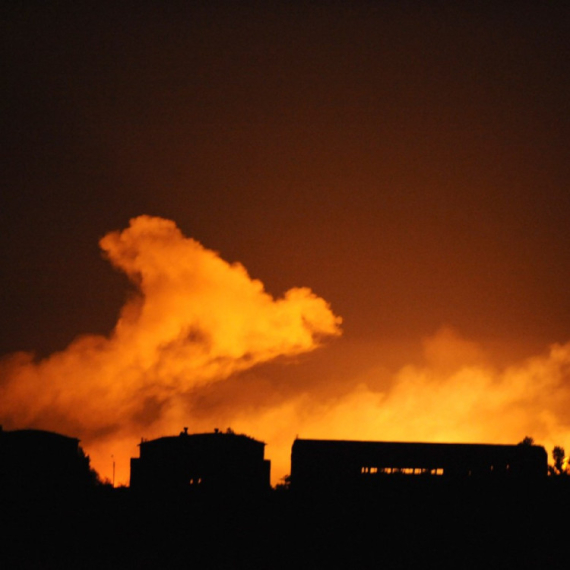





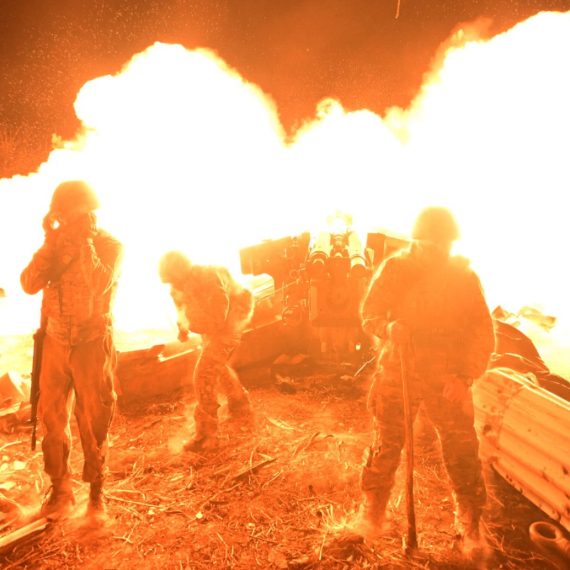



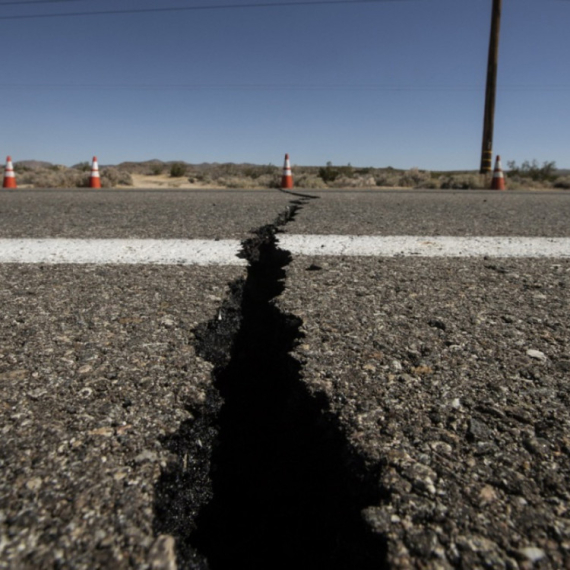
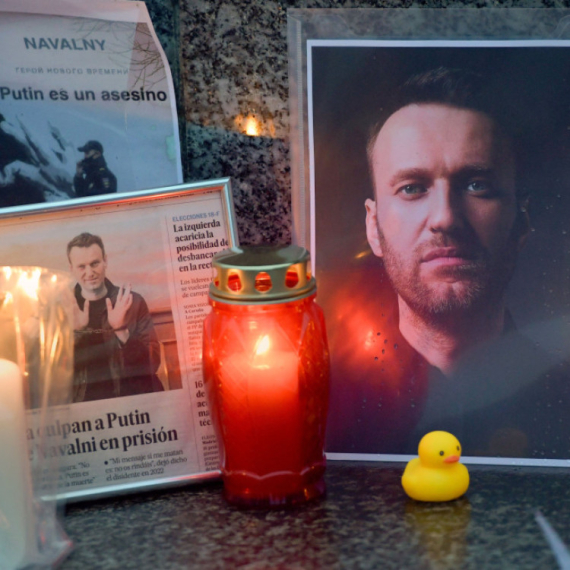
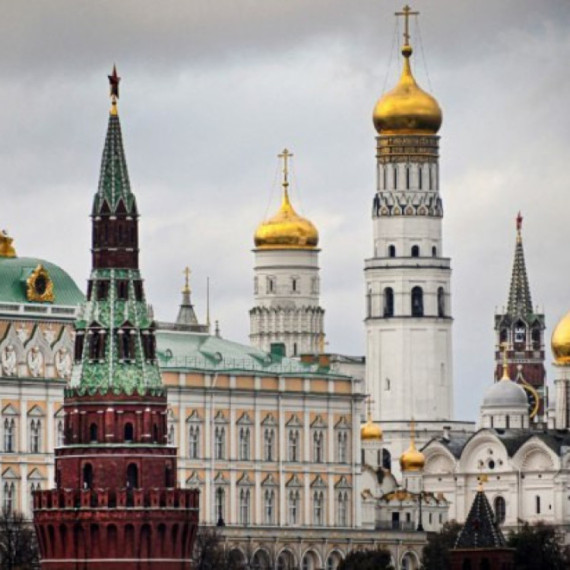

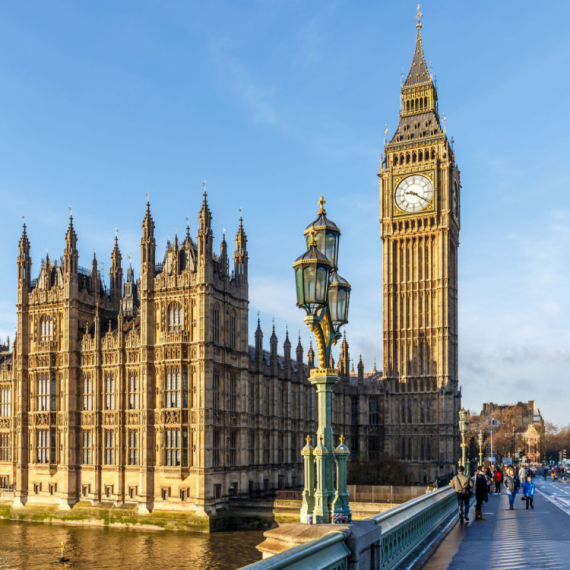


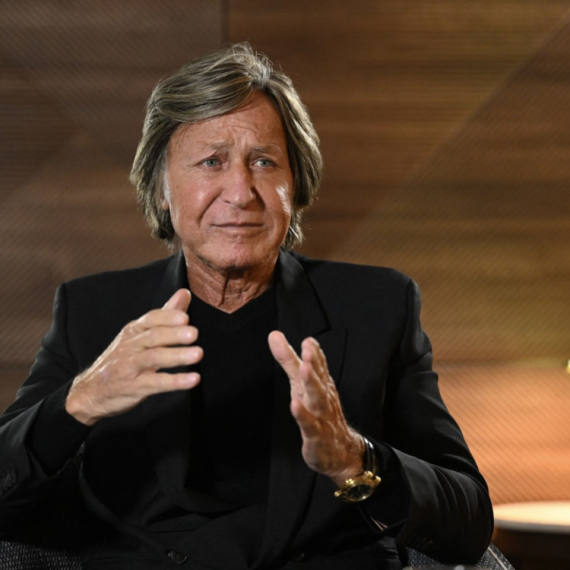





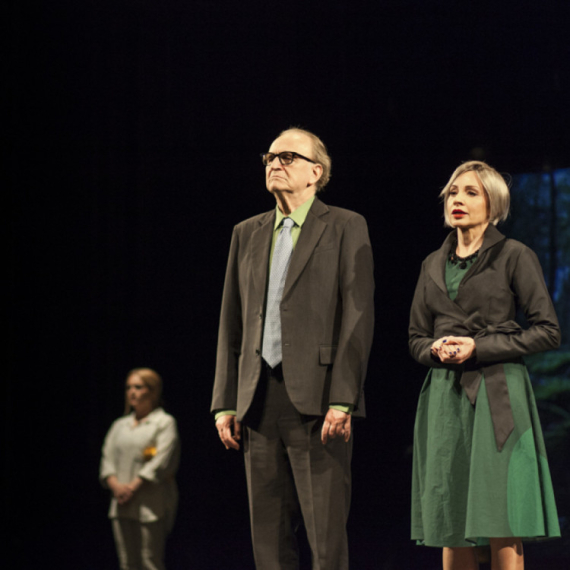

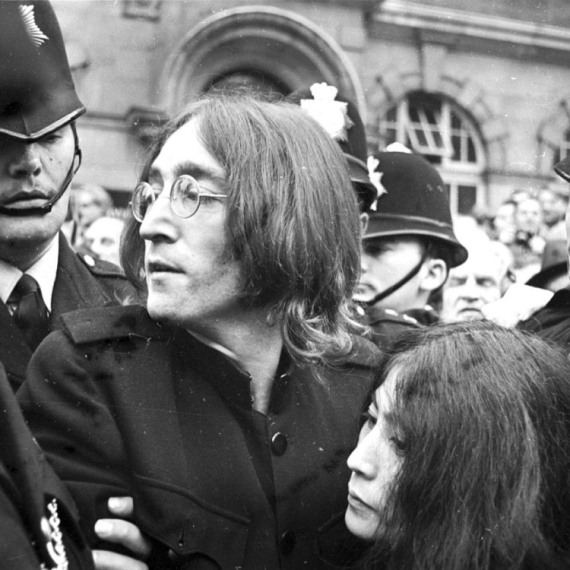










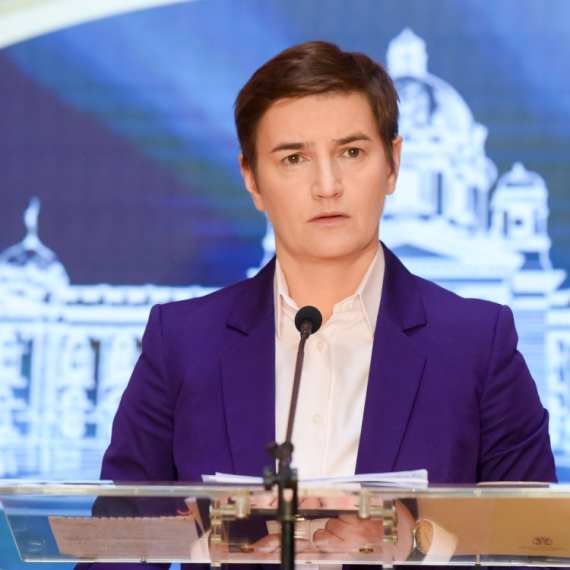
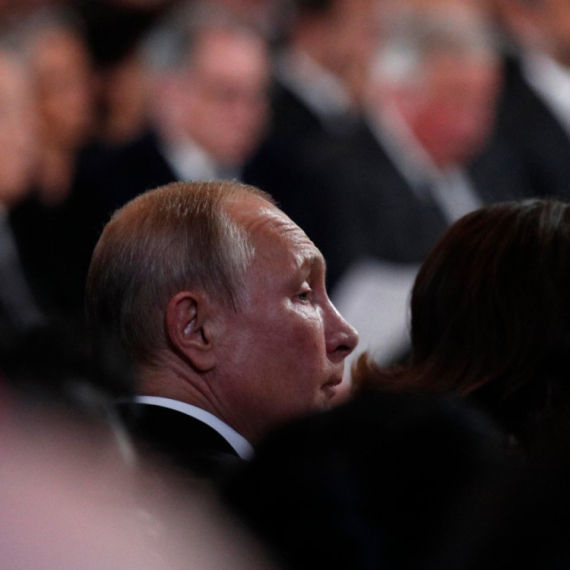




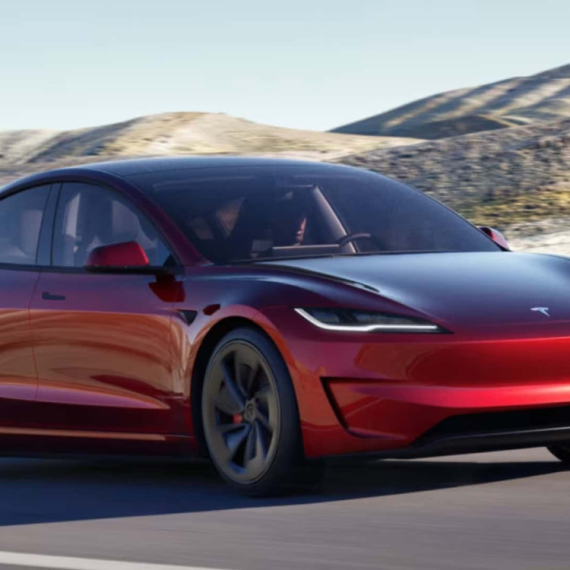

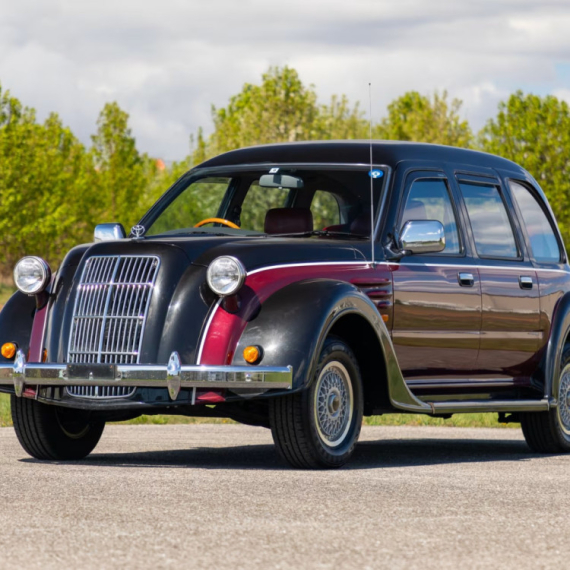


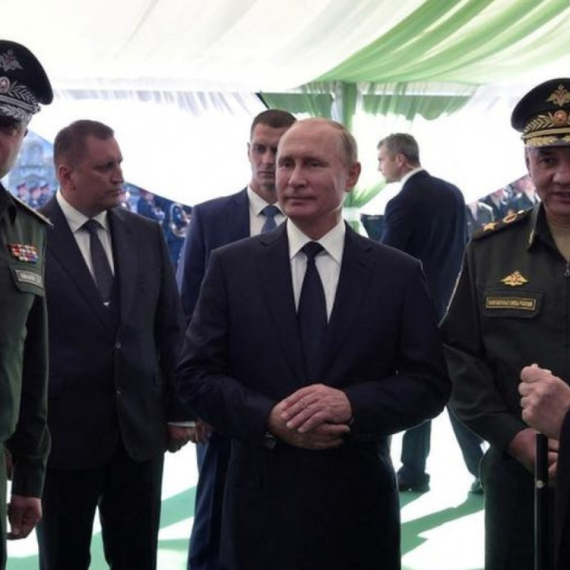


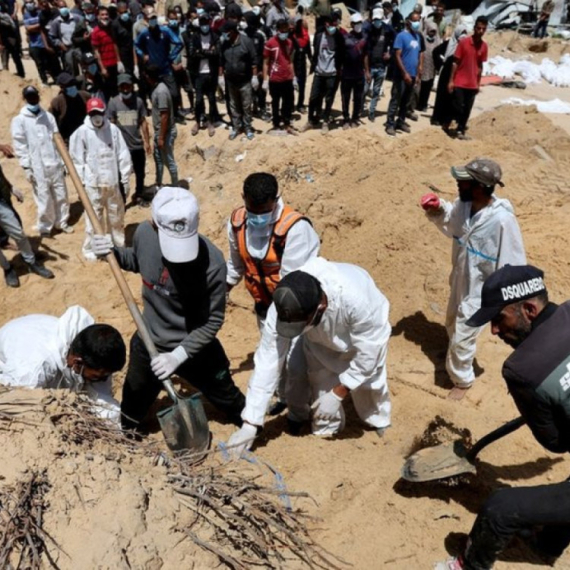


Komentari 0